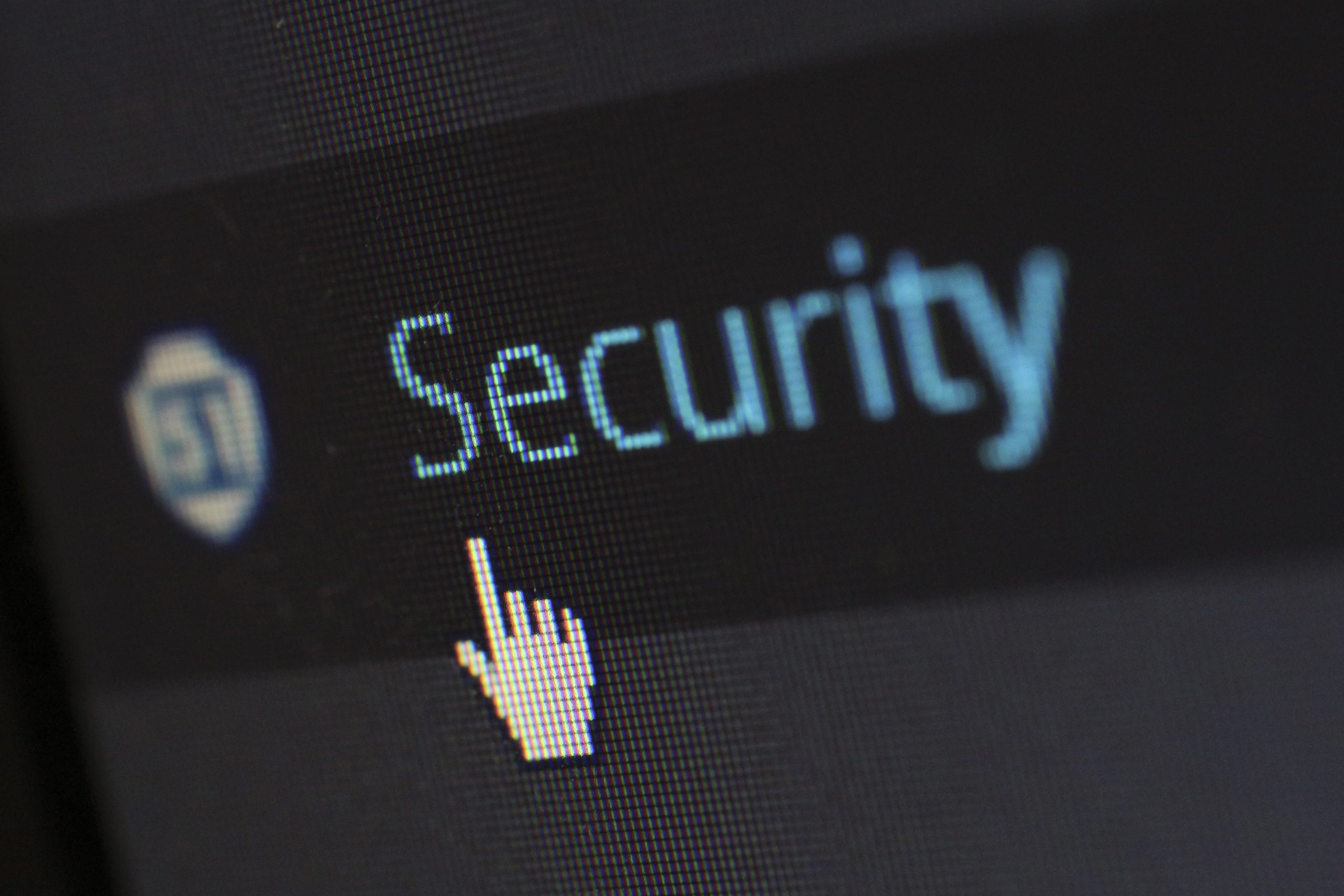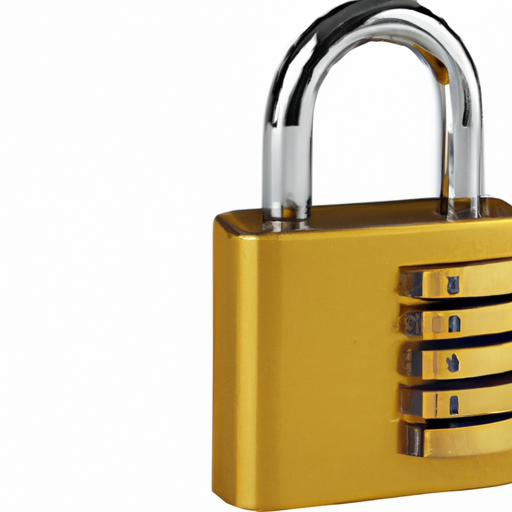In today’s digital landscape, it is essential for businesses to prioritize the security of their customers’ payment card information. Failure to comply with Payment Card Industry Data Security Standards (PCI DSS) can result in fines, reputational damage, and even legal action. That’s why PCI compliance monitoring is crucial for businesses of all sizes. By implementing robust monitoring systems, organizations can ensure that they meet the rigorous security requirements set by the PCI DSS. In this article, we will explore the importance of PCI compliance monitoring, its key benefits, and address some common FAQs surrounding this topic. So, read on to discover how PCI compliance monitoring can safeguard your business and give you peace of mind.
Understanding PCI Compliance Monitoring
PCI compliance monitoring refers to the process of continuously monitoring and assessing an organization’s adherence to the Payment Card Industry Data Security Standard (PCI DSS). It involves tracking and analyzing various aspects of an organization’s security measures to ensure that they meet the requirements set forth by the PCI DSS.
What is PCI Compliance Monitoring?
PCI compliance monitoring involves the ongoing surveillance and evaluation of an organization’s security practices to ensure that they align with the PCI DSS. It includes monitoring network activity, analyzing logs, performing vulnerability scans, conducting penetration tests, and monitoring file integrity. By monitoring and assessing these areas, organizations can identify and address any security vulnerabilities and maintain compliance with the PCI DSS.
Why is PCI Compliance Monitoring Important?
PCI compliance monitoring is of utmost importance for businesses that process, store, or transmit credit card information. Failure to comply with the PCI DSS can lead to severe consequences, including hefty fines, loss of reputation, and legal liability. Monitoring compliance allows organizations to minimize the risk of data breaches, maintain customer trust, avoid costly penalties, and meet legal and industry requirements.
Who Needs PCI Compliance Monitoring?
Any business that handles credit card data needs to implement PCI compliance monitoring. This includes retail stores, online merchants, service providers, and businesses of all sizes. Regardless of the size or industry of the organization, PCI compliance monitoring is essential to ensure the security and integrity of cardholder data.
The PCI DSS Standard
The Payment Card Industry Data Security Standard (PCI DSS) is a set of security requirements designed to protect cardholder data. The standard was created by the Payment Card Industry Security Standards Council (PCI SSC) and is applicable to all organizations that process, store, or transmit credit card information. It consists of 12 requirements that organizations must adhere to in order to achieve and maintain PCI compliance.
Common Challenges in PCI Compliance Monitoring
While implementing PCI compliance monitoring is crucial for organizations, it can present various challenges. Some common challenges include:
-
Complexity: The PCI DSS is a comprehensive standard with multiple requirements, making it challenging for organizations to understand and implement all the necessary security measures.
-
Resource Allocation: Monitoring and maintaining compliance requires dedicated resources, including personnel, technology, and time. Many organizations struggle with allocating the necessary resources to meet compliance requirements.
-
Scope Management: Organizations often face difficulties in determining the scope of their PCI compliance efforts. It is essential to identify all systems and processes that handle cardholder data and ensure they are included in the compliance monitoring efforts.
-
Evolving Threat Landscape: Cybersecurity threats are continuously evolving, and staying ahead of the curve can be challenging for organizations. It requires ongoing monitoring and assessment of security vulnerabilities to address emerging threats effectively.
-
Lack of Expertise: Many organizations lack the in-house expertise required to effectively monitor and maintain PCI compliance. This can lead to gaps in security and increase the risk of non-compliance.
Despite these challenges, implementing effective PCI compliance monitoring can greatly enhance the security posture of an organization and help protect it from data breaches and financial losses.
Benefits of PCI Compliance Monitoring
Implementing PCI compliance monitoring offers several benefits for organizations. Here are some of the key advantages:
Minimizing the Risk of Data Breaches
Data breaches can have severe consequences for organizations, including financial losses, damage to reputation, and legal liabilities. By continuously monitoring compliance with the PCI DSS, organizations can identify and address security vulnerabilities, reducing the risk of data breaches and protecting cardholder data.
Maintaining Customer Trust
Customers are increasingly concerned about the security of their personal and financial information. By demonstrating compliance with the PCI DSS through effective monitoring, organizations can strengthen customer trust and confidence in their ability to safeguard sensitive data. This can contribute to customer loyalty and a positive brand reputation.
Avoiding Costly Penalties
Non-compliance with the PCI DSS can result in significant penalties and fines imposed by card brands and acquiring banks. Through regular monitoring of compliance, organizations can identify and address any non-compliance issues, ensuring they adhere to the standards and avoid costly penalties.
Identifying and Addressing Security Vulnerabilities
PCI compliance monitoring involves continuous assessments of an organization’s security measures. By monitoring network activity, analyzing logs, performing vulnerability scans, and conducting penetration tests, organizations can identify and address security vulnerabilities before they are exploited by attackers.
Meeting Legal and Industry Requirements
Failure to comply with the PCI DSS can have legal implications and regulatory consequences. Organizations that process credit card transactions are required by law to adhere to the PCI DSS. By implementing PCI compliance monitoring, organizations can ensure they meet these legal and industry requirements, reducing the risk of legal liabilities.

Key Components of PCI Compliance Monitoring
To effectively monitor and maintain PCI compliance, organizations should focus on the following key components:
Continuous Network Monitoring
Continuous network monitoring involves the real-time monitoring and analysis of network traffic to identify any suspicious or unauthorized activity. It helps organizations detect and respond to potential threats promptly, ensuring the security of cardholder data.
Log Management and Analysis
Logs contain valuable information about an organization’s systems and network activities. Effective log management and analysis help in identifying any unusual or suspicious events that may indicate a security breach. Organizations should regularly review and analyze logs to ensure compliance with the PCI DSS.
Vulnerability Scanning
Vulnerability scanning involves the systematic scanning of systems and applications for potential security flaws and weaknesses. It helps organizations identify vulnerabilities that could be exploited by attackers and provides guidance on how to address them effectively.
Penetration Testing
Penetration testing, also known as ethical hacking, involves simulating real-world cyber-attacks to identify weaknesses in an organization’s systems and applications. By conducting regular penetration tests, organizations can proactively identify security vulnerabilities and address them before they can be exploited by malicious actors.
File Integrity Monitoring
File integrity monitoring involves monitoring and validating the integrity of critical system files and configurations. It helps organizations detect any unauthorized changes or modifications that may indicate a security breach or compromise the PCI DSS compliance.
Choosing a PCI Compliance Monitoring Solution
When selecting a PCI compliance monitoring solution, organizations should consider the following factors:
Understanding Your Business Needs
Every organization has unique security requirements and compliance goals. It is essential to understand your specific business needs and identify the areas that require the most attention when selecting a PCI compliance monitoring solution.
Evaluating Vendor Capabilities
Consider the capabilities and expertise of the vendor providing the PCI compliance monitoring solution. Look for vendors with a proven track record in the industry and experience in implementing effective monitoring solutions.
Considering Scalability
Ensure that the chosen solution can scale and accommodate the growth of your organization. As your business expands, the monitoring solution should be able to handle the increased volume of data and provide seamless monitoring capabilities.
Ensuring Ease of Use
A user-friendly interface and intuitive controls are crucial for effective monitoring. The solution should be easy to use and navigate for administrators and security teams, enabling them to efficiently monitor compliance and respond to potential threats.
Reviewing Pricing and Support
Consider the pricing model of the PCI compliance monitoring solution and ensure it aligns with your budgetary requirements. Additionally, evaluate the level of customer support offered by the vendor, including access to technical assistance and prompt response times.
Implementing PCI Compliance Monitoring
To implement PCI compliance monitoring effectively, organizations should follow these key steps:
Establishing Security Policies
Develop and document security policies and procedures that align with the requirements of the PCI DSS. These policies should clearly define roles and responsibilities, access controls, incident response procedures, and other security measures.
Educating Employees
Provide comprehensive training and awareness programs for employees to ensure they understand their roles and responsibilities in maintaining PCI compliance. Educate them about the importance of security measures and the potential consequences of non-compliance.
Implementing Access Controls
Establish strict access controls to limit access to cardholder data. Ensure that only authorized personnel have access to sensitive information and implement multi-factor authentication for added security.
Deploying Security Tools
Implement the necessary security tools, such as firewalls, intrusion detection systems, and encryption technologies, to protect cardholder data. Regularly update and maintain these tools to ensure their effectiveness in detecting and preventing security threats.
Regularly Testing and Updating Systems
Regularly perform vulnerability scans, penetration tests, and file integrity monitoring to identify any new security vulnerabilities or system weaknesses. Promptly address any issues identified and keep all systems and applications up to date with the latest security patches.
Maintaining PCI Compliance
Maintaining PCI compliance is an ongoing process that requires continuous effort and monitoring. Here are some key aspects of maintaining compliance:
Ongoing Monitoring and Auditing
Continuously monitor and audit the organization’s security controls to ensure compliance with the PCI DSS. Regularly review logs, conduct vulnerability scans, and perform penetration tests to identify any non-compliance issues and address them promptly.
Remediation of Security Issues
Promptly address any security issues or vulnerabilities identified through monitoring and testing. Develop a remediation plan to mitigate risks and resolve any non-compliance issues in a timely manner.
Updating Security Measures
Stay up to date with the latest security technologies, tools, and best practices. Regularly review and update security measures to ensure they align with the evolving threat landscape and changing requirements of the PCI DSS.
Staying Informed about Changes in Standards
Stay informed about any updates or changes to the PCI DSS. Monitor industry news and official communications from the PCI SSC to stay abreast of any modifications to the compliance standards.
Engaging Professional Assistance
Consider engaging the services of a professional with expertise in PCI compliance monitoring. A PCI compliance lawyer or a qualified security consultant can provide valuable insights, guidance, and assistance in maintaining compliance with the PCI DSS.

Common Pitfalls in PCI Compliance Monitoring
While striving to achieve PCI compliance, organizations may encounter the following common pitfalls:
Lack of Understanding of Requirements
Failing to fully understand the requirements of the PCI DSS can lead to non-compliance. It is crucial to thoroughly study and comprehend the standard to ensure all necessary security measures are implemented.
Inadequate Employee Training
Insufficient training and awareness programs for employees can lead to non-compliance. Employees should be educated about their responsibilities and trained on security best practices to effectively contribute to maintaining PCI compliance.
Insufficient Network Security
Weak network security measures increase the risk of data breaches and non-compliance. Organizations should ensure that robust firewall configurations, intrusion detection systems, and encryption technologies are in place to protect sensitive data.
Failure to Regularly Update Systems
Neglecting routine software and system updates can leave vulnerabilities unpatched, making the organization susceptible to security breaches. Regularly update all systems and applications with the latest security patches to maintain a secure environment.
Failure to Address Vulnerabilities
Identifying security vulnerabilities is only the first step. Failing to address and remediate these vulnerabilities promptly can lead to non-compliance and increase the risk of data breaches. It is crucial to address vulnerabilities and weaknesses promptly to maintain PCI compliance.
FAQs about PCI Compliance Monitoring
What is PCI DSS?
PCI DSS stands for Payment Card Industry Data Security Standard. It is a set of security requirements established by the Payment Card Industry Security Standards Council (PCI SSC) to ensure the protection of cardholder data.
Who needs to be PCI DSS compliant?
Any organization that processes, stores, or transmits credit card information needs to be PCI DSS compliant. This includes merchants, service providers, and organizations of all sizes that handle cardholder data.
What are the consequences of non-compliance?
Non-compliance with the PCI DSS can result in severe consequences, including hefty fines, loss of reputation, legal liabilities, and the potential of being barred from processing credit card transactions.
What are the requirements for PCI compliance?
PCI compliance requires adherence to the 12 requirements outlined in the PCI DSS. These requirements include the implementation of secure network and system configurations, protection of cardholder data, maintaining strong access control measures, monitoring and testing of security systems, and maintaining a comprehensive information security policy.
How often should PCI compliance be monitored?
PCI compliance should be monitored continuously. Ongoing monitoring and assessment of security measures are crucial to identify any non-compliance issues, security vulnerabilities, or emerging threats. Regular reviews, scans, audits, and testing should be performed to maintain compliance with the PCI DSS.

Conclusion
PCI compliance monitoring is an essential aspect of safeguarding cardholder data and maintaining compliance with the PCI DSS. By implementing effective monitoring practices, organizations can minimize the risk of data breaches, maintain customer trust, avoid penalties, and meet legal and industry requirements. It is crucial for businesses to understand the importance of PCI compliance monitoring and take proactive steps to ensure the security of sensitive cardholder information.
For expert assistance with PCI compliance monitoring and legal guidance in navigating the complexities of PCI DSS, contact a knowledgeable PCI compliance lawyer. They can provide tailored advice and help your organization achieve and maintain PCI compliance, protecting both your customers and your business.



































